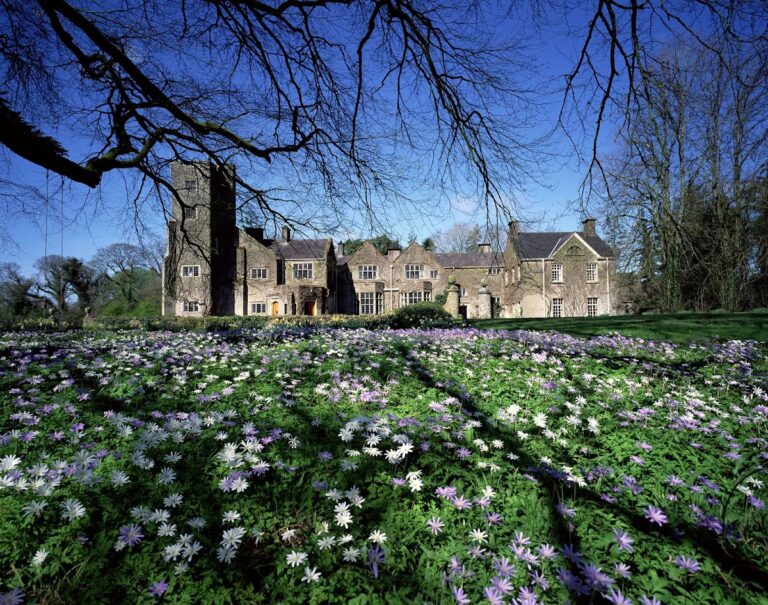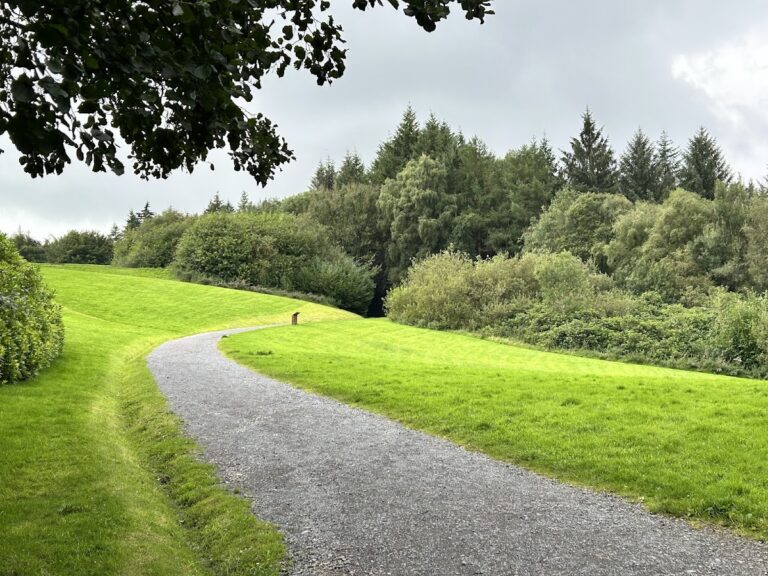Enniskillen Castle: A Historic Stronghold in Northern Ireland
Visitor Information
Google Rating: 4.5
Popularity: Medium
Google Maps: View on Google Maps
Official Website: www.enniskillencastle.co.uk
Country: United Kingdom
Civilization: Medieval European
Remains: Military
History
Enniskillen Castle is located in the town of Enniskillen in the United Kingdom and was originally constructed by the Gaelic Maguire clan in the 15th century. It stood as their principal stronghold on an island in the River Erne, an important site positioned along a key route leading into the province of Ulster.
The castle’s earliest phase is traditionally attributed to Hugh Maguire, who died in 1428, marking the establishment of the fortress as a center of local authority in County Fermanagh. In the late 16th century, during the period of English plantations and efforts to assert control over Ireland, Enniskillen Castle became a contested site. In 1594, Captain John Dowdall led a siege against the castle, ultimately taking it after a brief assault. Following the surrender, those inside were massacred, reflecting the brutal nature of the conflicts of that era. The castle changed hands several times until 1602 when it was transferred to Niall Garve O’Donnell, a local chieftain allied with the English crown, consolidating English influence over the region.
By 1607, Captain William Cole assumed command of Enniskillen Castle and undertook significant rebuilding efforts. He reconstructed the central donjon, added storage facilities, and around 1609 built the Watergate, a fortified entryway replacing earlier works. Cole secured ownership of the castle in 1623, establishing a new phase of private possession by a colonial figure.
Throughout the 17th century, the castle maintained its military significance. It withstood a siege during the Irish Rebellion of 1641, an uprising aimed at resisting English rule. In the following centuries, Enniskillen Castle transitioned into a formal garrison fortification. During the late 18th century, major enhancements included the excavation of defensive ditches on the castle’s north and east sides and construction of new buildings around 1796 and in 1830, adapting the site for use by British military units.
From 1853 until 1875, the castle housed the 27th Regiment of Foot. It later served as a base for the North Irish Horse, a Territorial Army cavalry unit, until its decommissioning in 1950. After military use ended, the castle found a civic role, functioning as a council depot and subsequently opening as a public heritage facility. Today, Enniskillen Castle is under state care, partly managed by the Fermanagh & Omagh District Council, preserving its historical legacy and hosting museums focused on local history and military regiments connected to the site.
Remains
Enniskillen Castle is situated on the eastern bank of the River Erne, occupying the western edge of Enniskillen Island where the river reaches its widest. The castle’s layout forms a square that is rotated approximately 45 degrees, with a distinctive rounded corner on the southwest side. Its construction reveals a blend of medieval and later military architectural styles.
At the heart of the site stands a three-story donjon, or keep, serving as the castle’s central stronghold within the inner courtyard. While originally taller and adorned with battlements and an upper floor, these features were removed over time. The lower portions of the donjon date back to the 15th or possibly 16th century, reflecting the medieval origins of the fortress. Surrounding the courtyard, two-story buildings primarily from the early 19th century provide additional structures, including those erected around 1830 that form the main entrance passage on the southeast side.
One of the castle’s notable features is the Watergate on the southwest facade, constructed around 1609 under Captain William Cole’s direction. This three-story gatehouse boasts stepped battlements and is flanked by two tall round towers designed in a Scottish style. These round towers extend outward from the first-floor level, supported by corbels, and are topped with conical stone roofs. Despite its name, the Watergate never functioned as direct access to the river but houses a deep well or pit inside, indicating a water-related purpose.
The curtain walls enclosing the castle are strengthened with small bartizans, which are small overhanging turrets commonly found in Scottish fortifications. These defensive elements further underline the Scottish influence in the castle’s design. In the late 18th century, strategic defensive ditches were dug along the north and east sides, leading to a repositioning of the main entrance to the southeast.
Large windows incorporated into the castle date from 1796 or the reign of King William IV in the early 19th century, indicating adaptations toward greater comfort and light while maintaining the castle’s defensive character. On the west side, adjacent to the river, barracks constructed in 1796 provided accommodations for soldiers stationed at the site.
Inside the castle, archaeological discoveries and museum collections include medieval carved stone figures and early Christian horn artifacts. These displays complement exhibits connected to the local history and the military units historically associated with Enniskillen Castle, enriching the narrative of this long-standing fortress.










